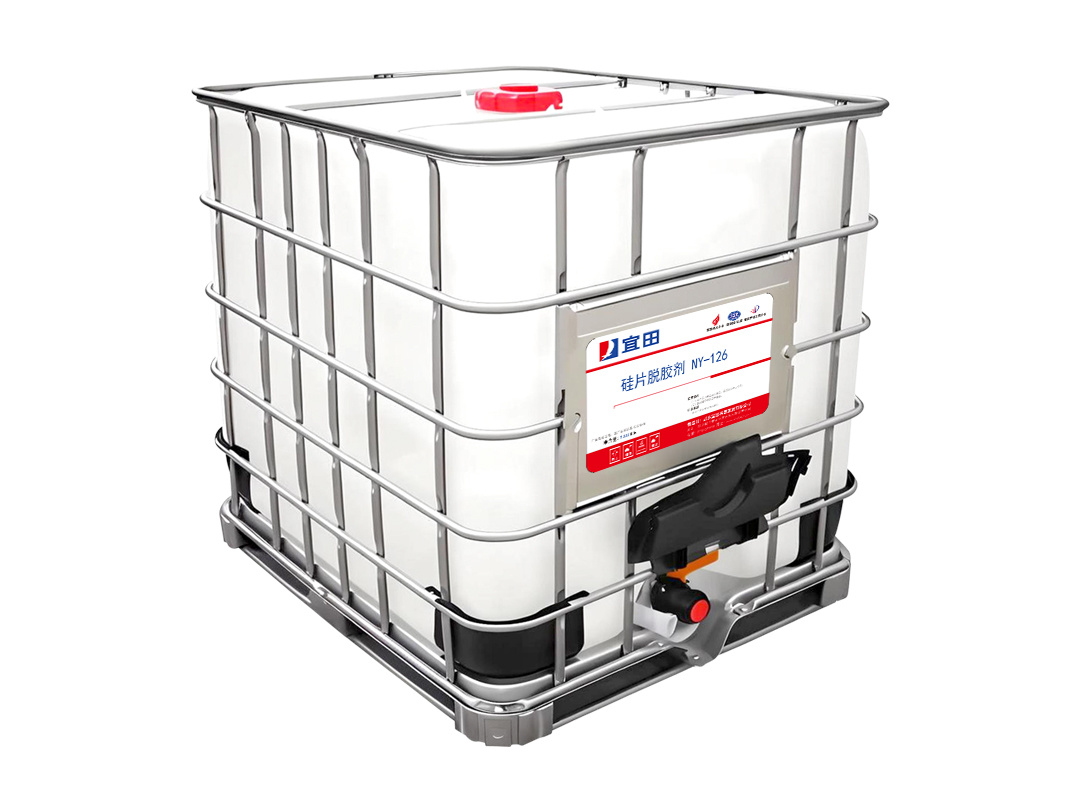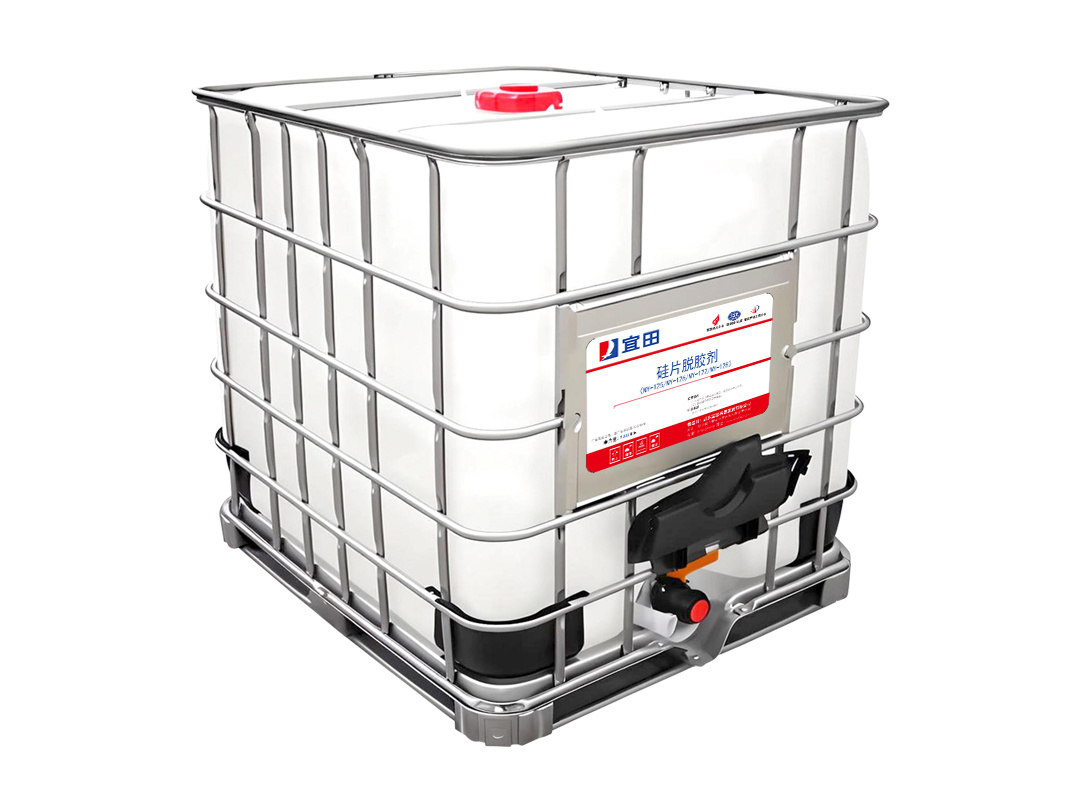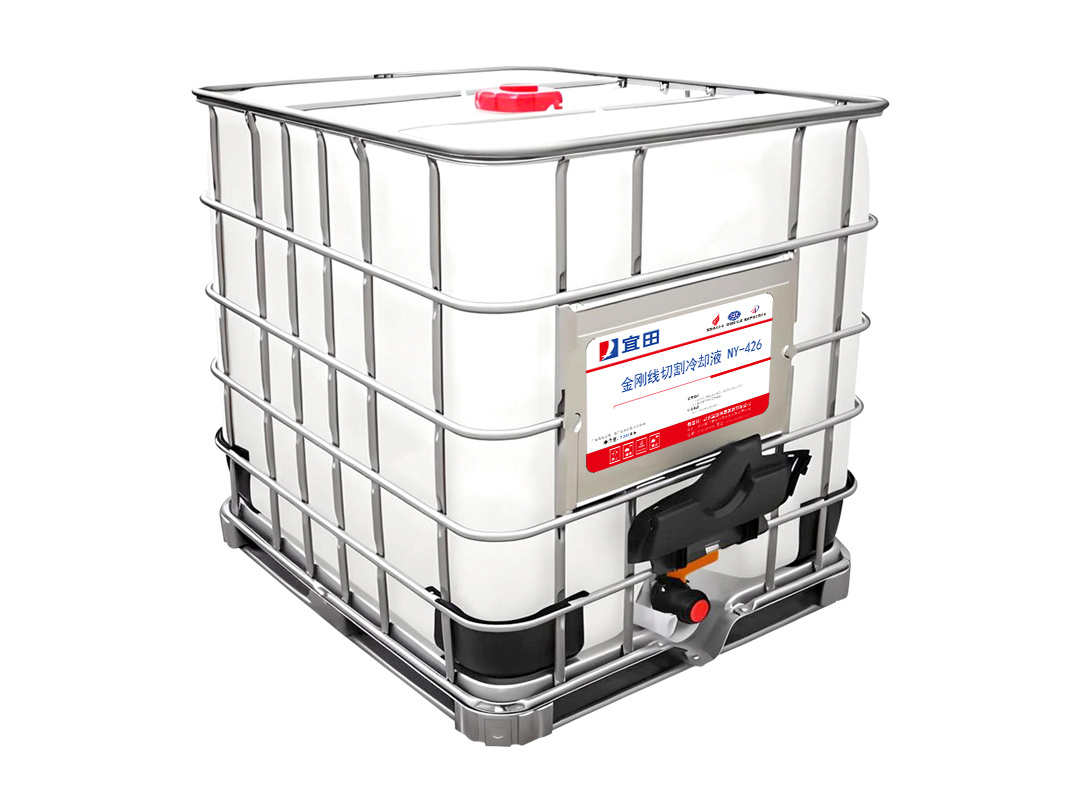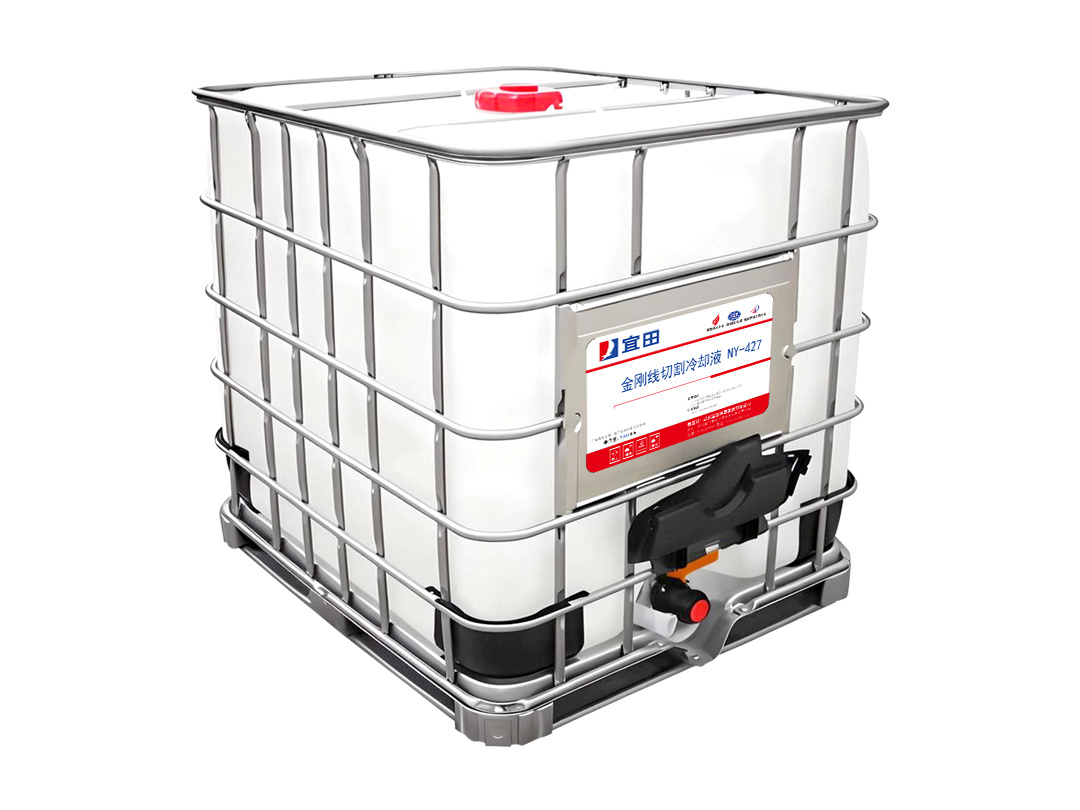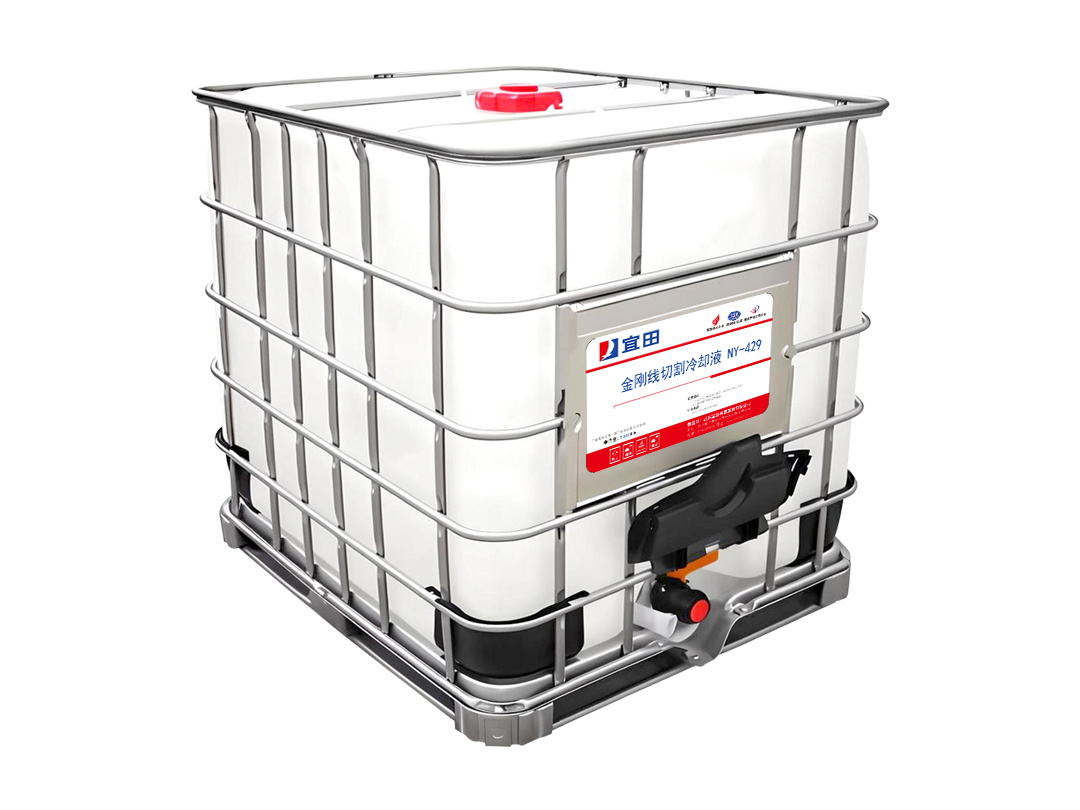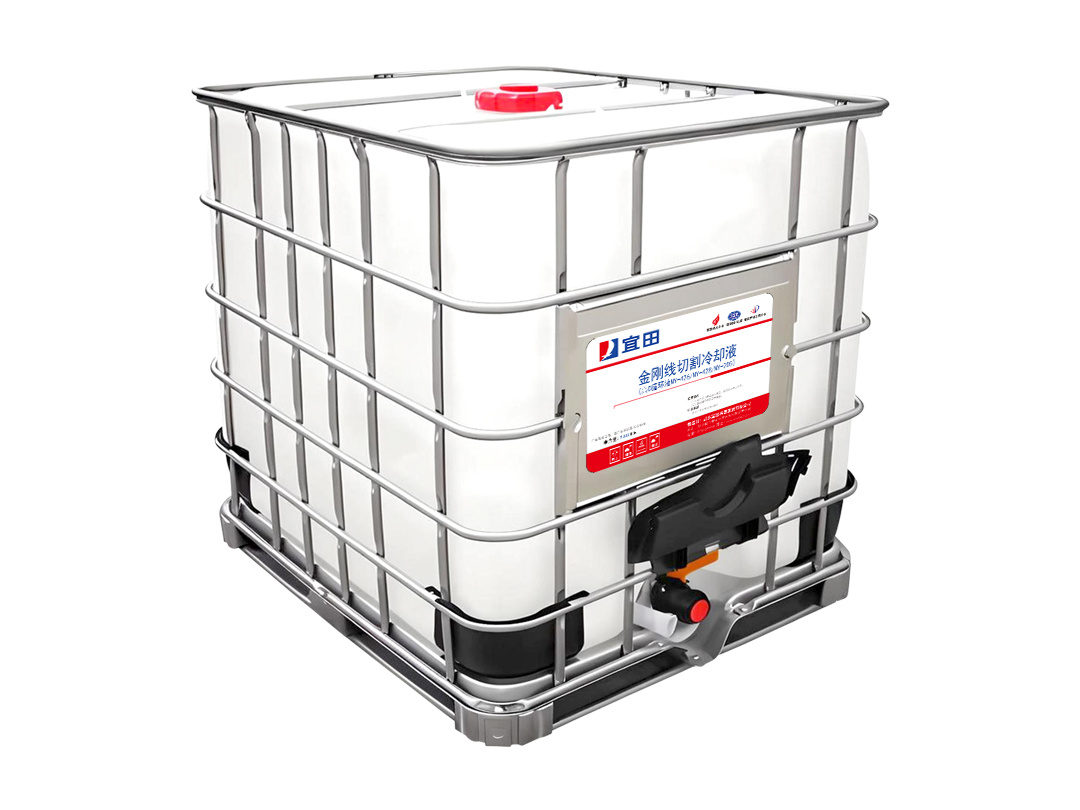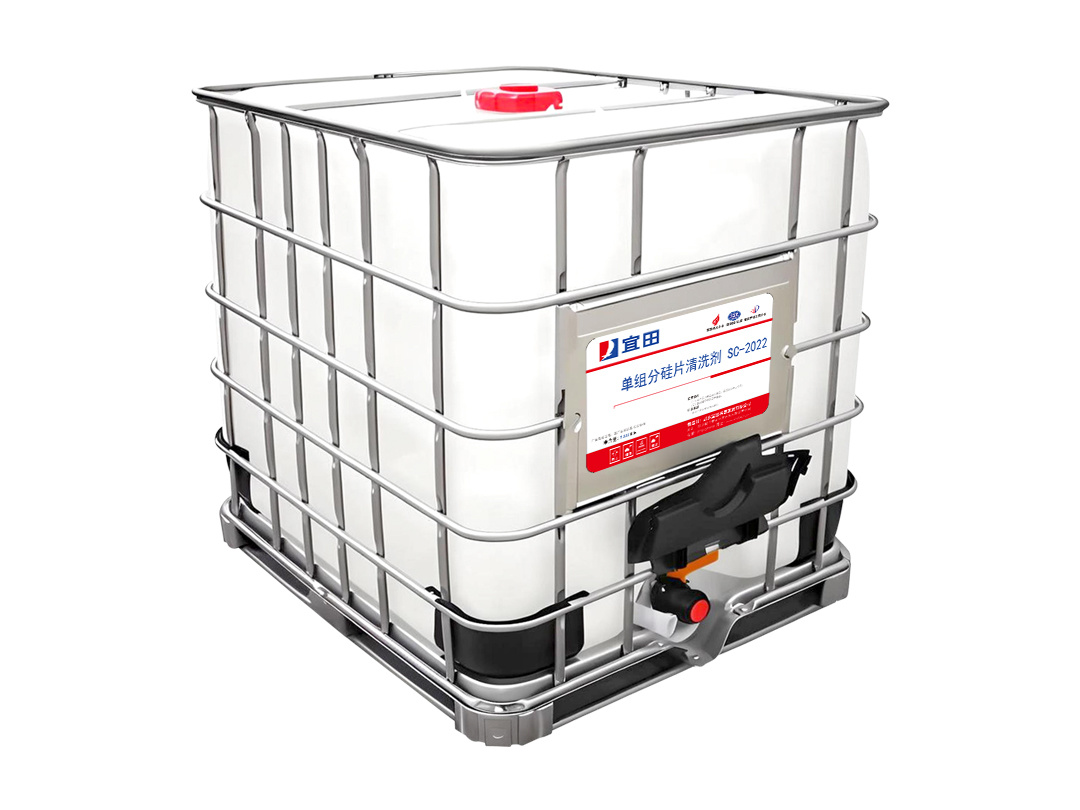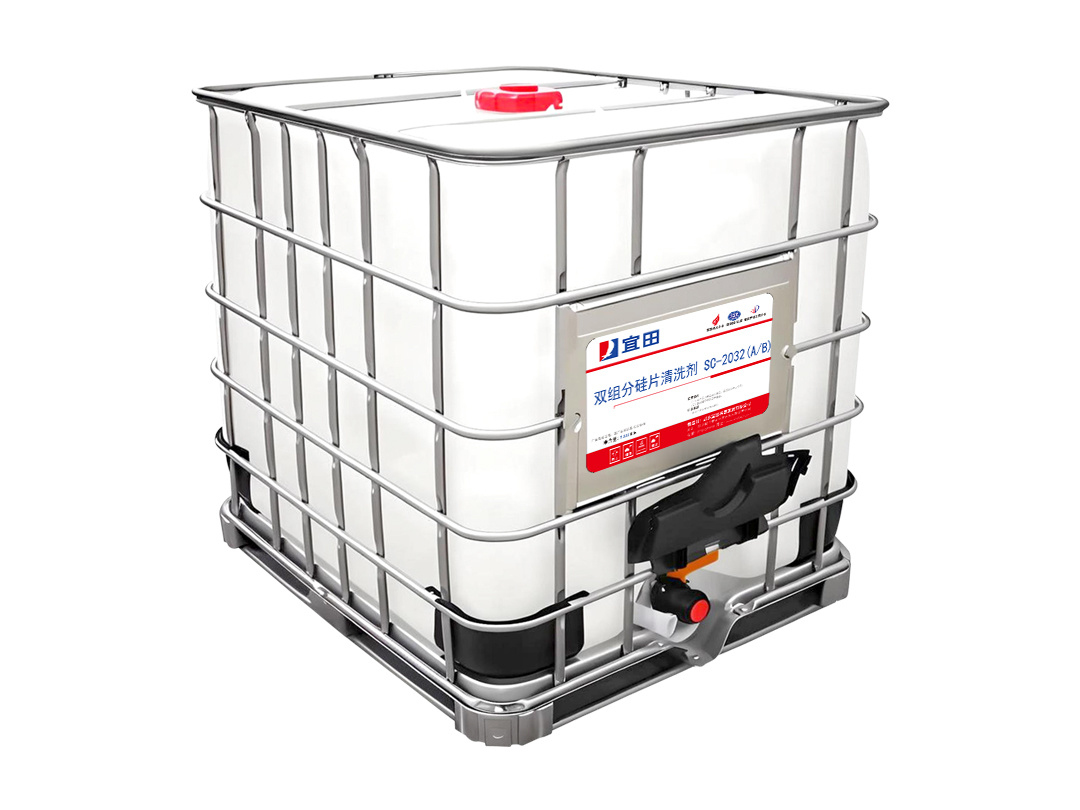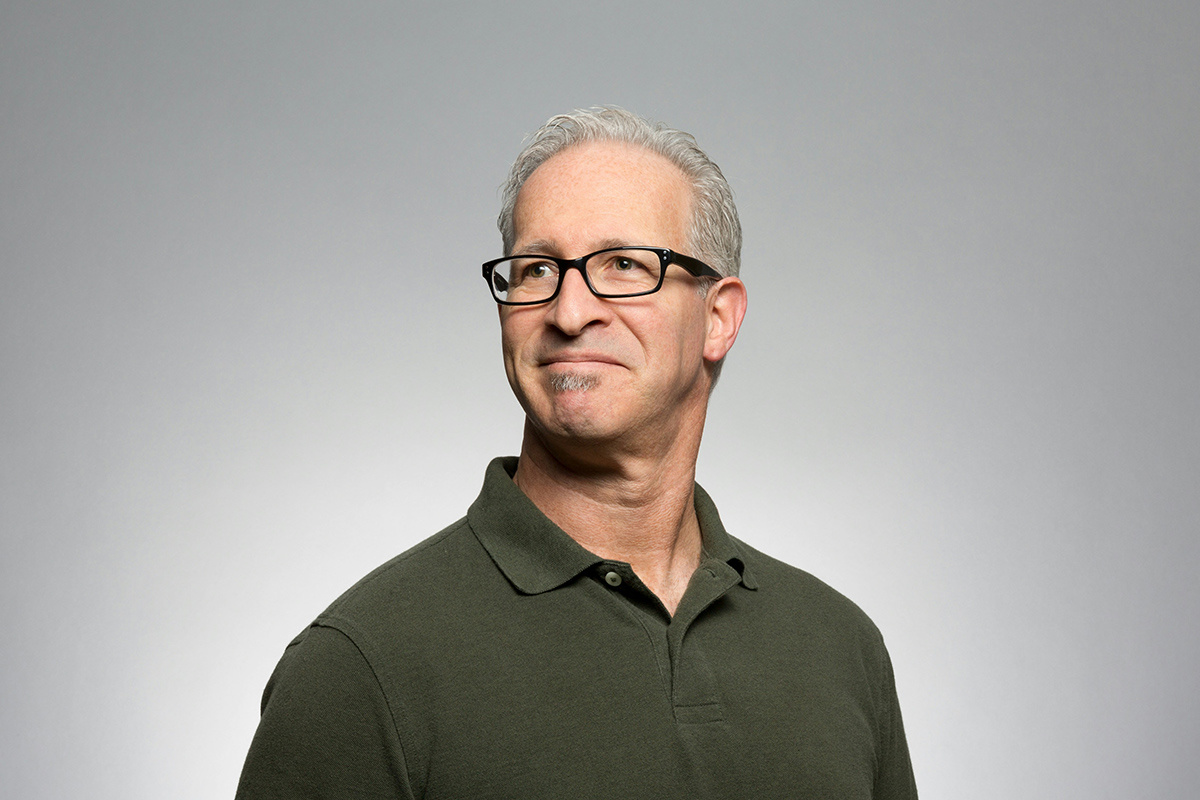
Diamond wire cutting coolant (pure water single cylinder liquid NY-427/NY-429)
Classification:
Product Details
Introduction
It has good adhesion, excellent elongation performance, and stable performance at high and low temperatures.
It has a "self-healing function". It can self-heal small puncture damages below 2mm and self-fill and heal base cracks below 2mm.
Can be laid on damp substrates, shortening the construction period. Convenient, simple, easy to operate, and pollution-free.
Main performance indicators
Implementation standard: GB23441-2009
Serial number |
Project |
Unit |
Standard specification |
1 |
Water impermeability |
Pressure |
0.3 |
Retention time ≥ |
120 |
||
2 |
Low-temperature flexibility |
-20℃ |
|
No cracks |
|||
3 |
Tensile strength/50mm |
Longitudinal |
≥450 |
Transverse |
|||
4 |
Elongation rate at maximum tensile strength % |
Longitudinal |
≥30 |
Transverse |
|||
5 |
Heat resistance |
70℃, no sliding, flowing, or dripping |
|
Wet laying method
● 1. Clean the substrate
The surface of the substrate should be treated first to make it solid, clean, and sufficiently moist, without standing water.
● 2. Apply cement mortar (cement slurry can also be used)
Apply cement mortar or plain cement mortar: when using cement mortar, the thickness is generally 10mm-20mm (depending on the substrate condition); when using plain cement slurry, the thickness is generally 3-5mm (the thickness of the cement slurry should not penetrate the substrate). When applying, care should be taken to compact and level it. In the corners, the cement mortar should be applied in layers to form a radius of 50mm.
● 3. Remove the isolation layer from the bottom surface of the waterproof membrane.
● 4. Lay the series of waterproof membranes
The series of waterproof membranes are laid flat on the freshly applied cement mortar, with the membranes parallel to each other or overlapping.
● 5. Tap the surface of the membrane and lift the slurry
Use a wooden trowel or rubber board to tap the surface of the membrane, lift the slurry, and expel the air from the bottom surface of the membrane to ensure a tight bond with the cement mortar.
Scope of application
Tunnels, subways, water conservancy, highway drainage projects; port construction, dam, and embankment protection projects; waterproofing and seepage prevention projects for industrial and civil buildings; basements, civil defense, urban waste cleaning projects; industrial and domestic water storage, golf courses, swimming pools, and other projects.
Dry laying method
● 1. Clean the substrate. Remove any protrusions from the surface of the substrate, which should be solid, clean, and free of visible water.
● 2. Snap control lines for laying the membrane on the substrate, align the membrane with the control lines, and lay it directly on the substrate surface along with the isolation film. Adjacent membranes should be connected using overlaps, and the edge film should be removed before overlapping. Ensure tight adhesion at the overlap edges (the main membrane and additional layers should be fully bonded).
● 3. The dry laying method can be used for all flat surfaces. For permanently protected walls or structural vertical walls, sloped areas of water accumulation, the full bonding or point bonding method should be used to secure the membrane to prevent it from sliding down due to its own weight.
● 4. After the waterproof layer is laid, remove the remaining isolation film from the surface of the double-sided self-adhesive membrane for the next process.
● 5. Precautions: When the basement floor is laid dry without a protective layer, strengthen the protection of the finished product and take the following measures: if the surface of the membrane is sticky, cement powder can be sprinkled on the surface. During transportation and tying of rebar, avoid damaging the membrane with the rebar. If the membrane is found to be damaged, repair it in a timely manner.
Keyword:
Related Product
Related R & D Team

 Official WeChat
Official WeChat

